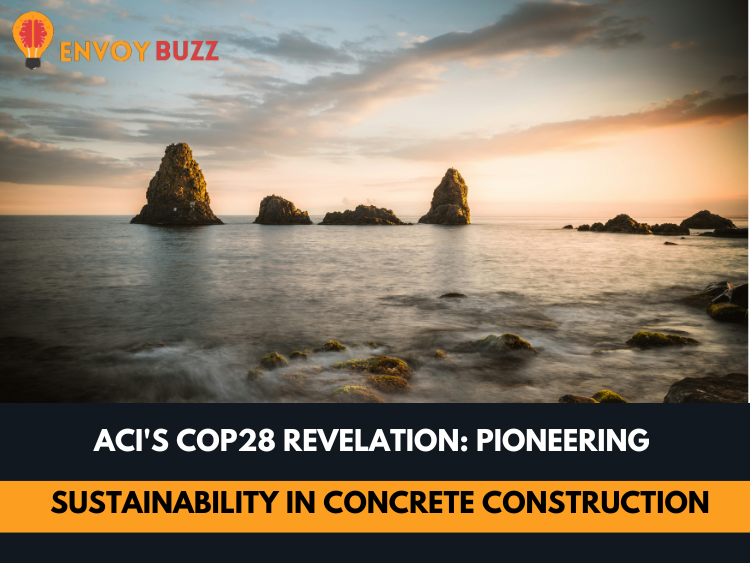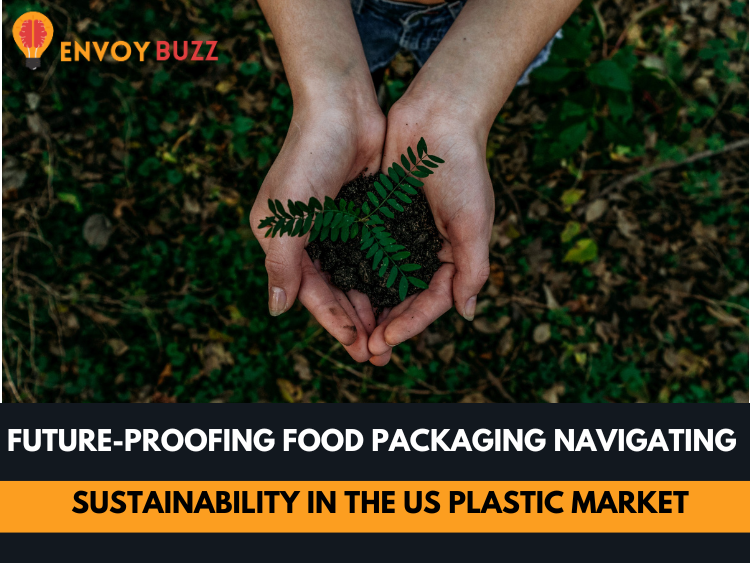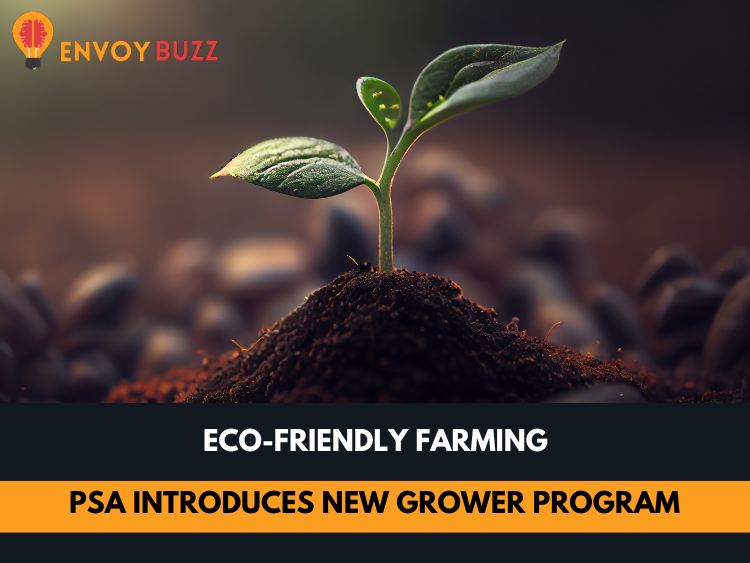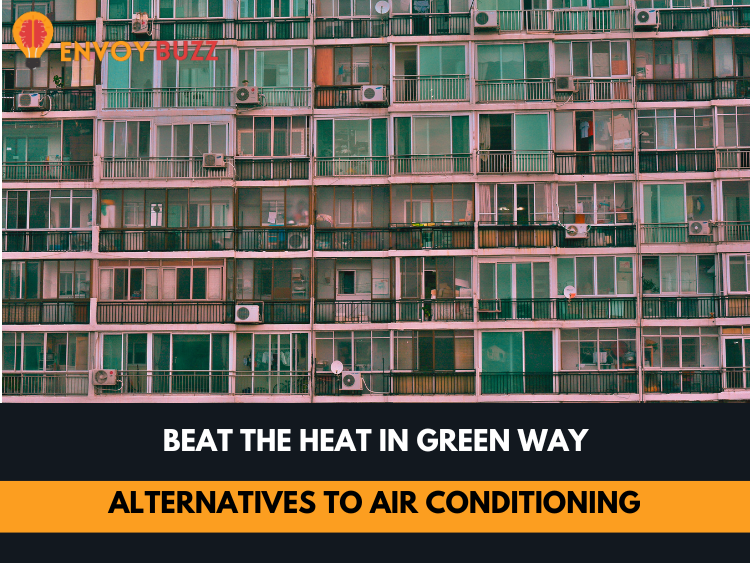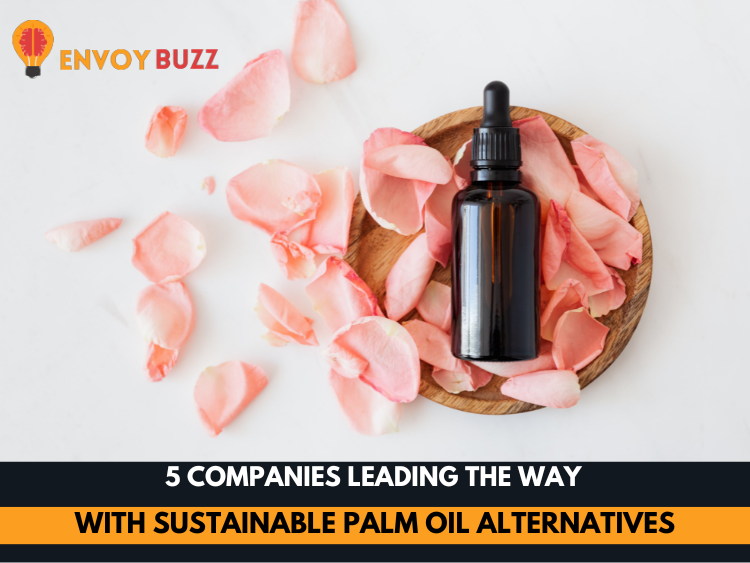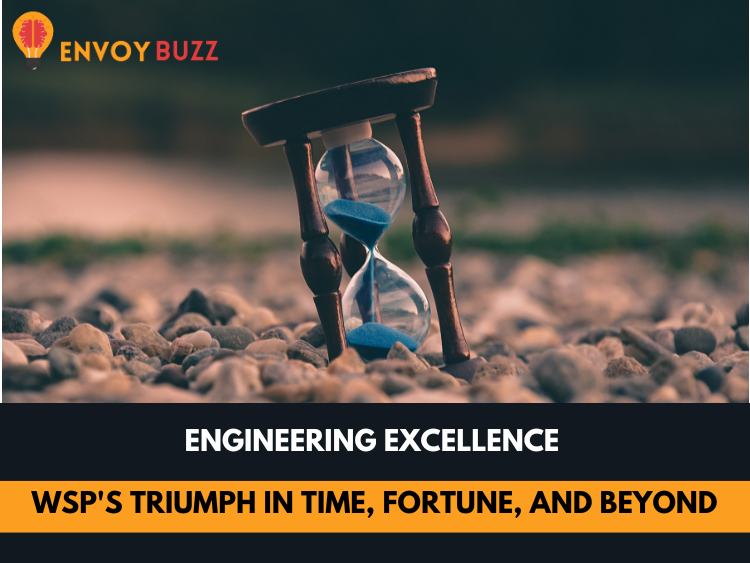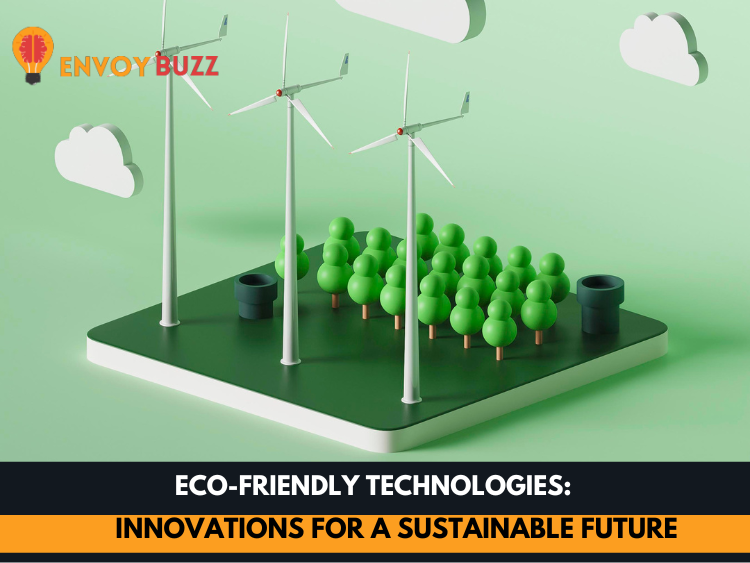In the vibrant city of Dubai, ACI is set to make history alongside NEU, revealing ground-breaking sustainability efforts at COP28, from November 30 to December 12, 2023. This monumental announcement is scheduled for December 6, 2023, at the Global Cement and Concrete Association (GCCA) pavilion. Let’s dive into the details of ACI’s commitment to reshaping the future of concrete construction.
On that memorable day, Tony Nanni, the President of the American Concrete Institute, and Dean Frank, the Executive Director of NEU, will be the voices echoing sustainability. They’ll be shedding light on how the built environment can undergo a transformative shift. But what exactly are they unveiling? Stick around; we’re getting to that exciting part.
Concrete’s Unique Role in Shaping Civilizations
President Nanni rightly emphasizes the unique opportunity the concrete construction community holds. It’s not just about buildings; it’s about fundamentally changing how civilizations are built. ACI and NEU are at the forefront of this mission, poised to share knowledge and collaborate with like-minded organizations.
What exactly is COP28? The Conference of the Parties, initiated by the United Nations Framework Convention on Climate Change (UNFCCC), is convening its 28th meeting in Dubai. For almost three decades, member countries have gathered annually to address climate change, quantify its impacts, and determine global programs and responsibilities.
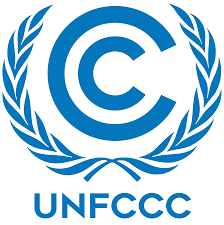
Established in 2018, the Global Cement and Concrete Association (GCCA) is a key player in the sustainability game. Committed to making concrete the sustainable building material of choice, GCCA collaborates closely with ACI as an International Partner. Together, they aim to develop and disseminate information on concrete, concrete structures, and, most importantly, concrete sustainability.

Concrete Steps Towards a Sustainable Future
Curious about ACI’s initiatives and participation in COP28? Head over to concrete.org for a deep dive into their projects and contributions. It’s not just an announcement; it’s a commitment to leading the way in sustainable concrete practices.
ACI and GCCA aren’t just acquaintances; they’re partners in shaping a resilient and sustainable concrete future. Explore how these two organizations work together to ensure concrete is recognized as the go-to building material for today’s needs.
Concrete isn’t just a mixture of sand, cement, and water; it’s the foundation of tomorrow’s structures. Discover how ACI and NEU are unlocking the potential of concrete to meet the demands of a rapidly evolving world.
What good is talk without action? ACI and NEU are not just about discussions; they’re about turning sustainability ideals into concrete reality. Explore the steps they’re taking to make a lasting impact.
A Glimpse into the Future
Picture this: The GCCA pavilion, the epicenter of innovation and sustainability at COP28. Dive into the atmosphere where ideas, commitments, and the future of concrete construction collide.
Concrete.org isn’t just a website; it’s a gateway to a treasure trove of resources for the concrete construction industry. Find out about the new resource ACI and NEU are unveiling and how it will shape the industry’s future.
As ACI and NEU take center stage at COP28, it’s not just about announcements. It’s about laying the foundation for a sustainable tomorrow. The concrete construction community has a unique role to play, and ACI is leading the charge.
To obtain additional details regarding ACI’s initiatives and engagement in COP28, kindly visit concrete.org.
For more blogs please visit Envoybuzz

